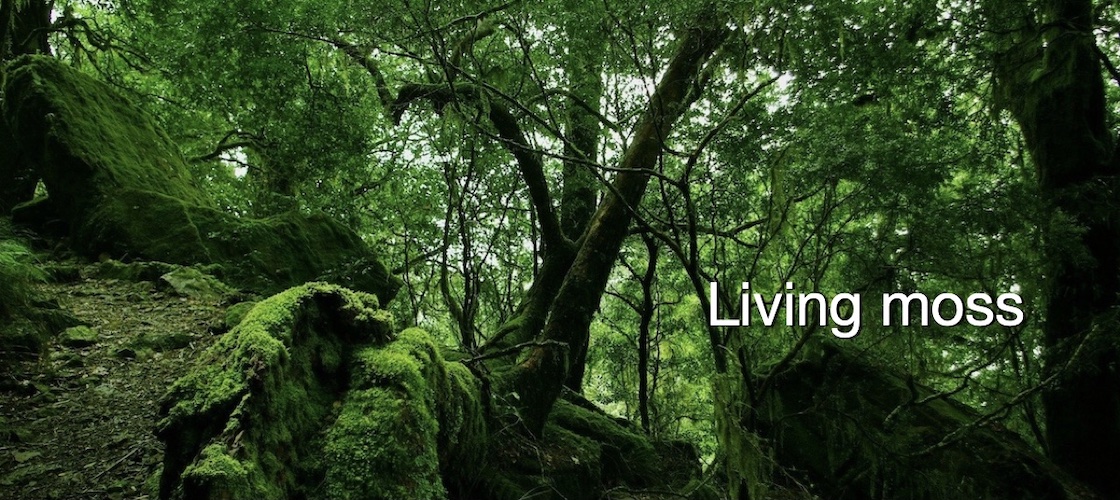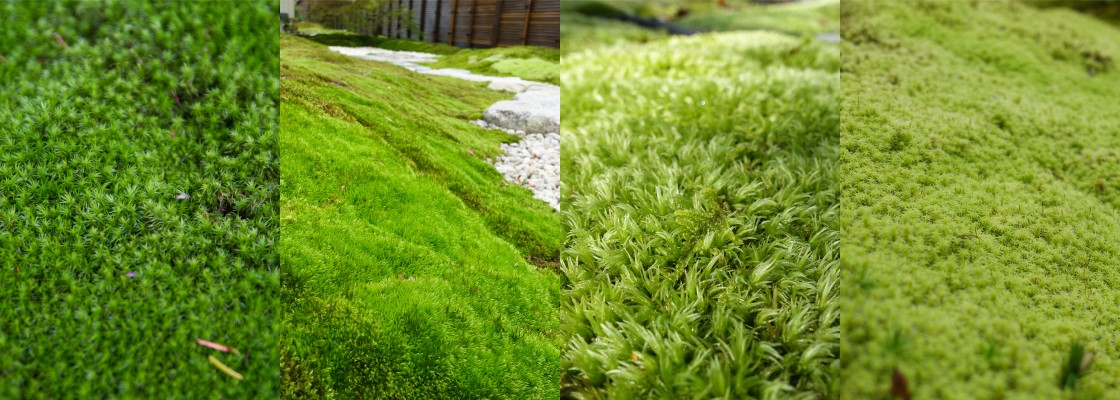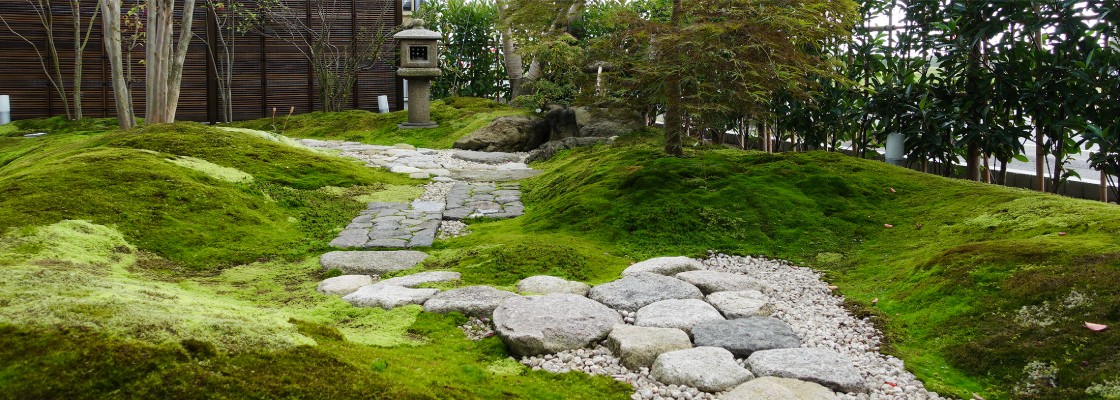
There are about 15,000 species of moss in the world, in conditions ranging from high altitudes in mountainous areas to tropical rainforests. They successfully colonized all kinds of substrates, soil, bark, rocks, streams and peat bogs.
They are one of the oldest green land plants. They have remained almost unchanged since their inception, despite the fact that the earth has undergone extreme changes.
Unlike other plants, mosses can survive well in unfavourable conditions. This makes them perfect for both indoor and outdoor use.

DROUGHT-RESISTANT
Contrary to popular belief, mosses are organisms that are resistant to dehydration. They have no roots, and they absorb water and nutrients all over their surface. They perform photosynthesis as long as they are moist. However, when they dry up, they go into a “dormant” state in which they can survive up a year.
Mosses absorb water from the atmosphere, through rain, fog and even water vapour. “Bottom” absorption is also possible.
RESISTANT TO LOW AND HIGH TEMPERATURE
Mosses are also temperature resistant. They can survive between -30 ° C and + 60 ° C. They are extremely resilient.
NATURAL BIOLOGICAL FILTER
Absorption of nutrients and water across their entire surface makes them very sensitive to air or water pollution. They can therefore be used as biological indicators or as filters.
RESISTANT TO PESTS AND DISEASES
They live on the forest floor, where they have many potential natural enemies: fungi, bacteria, snails, insects and caterpillars. Over the course of millions of years, mosses have learned to defend themselves against their enemies.
They contain substances that protect them. This may be the reason why mosses also have anti-cancer and anti-viral properties.

Moss is a host for many beneficial microorganisms that break down pollutants, kill harmful bacteria and viruses. For centuries it has been used on battlefields to cover wounds and prevent infection.
